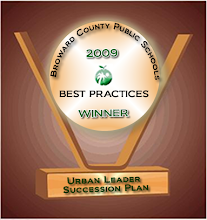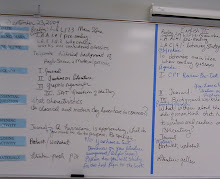 The Learning Gains by Teacher by Standard tool is a valuable tool in today's climate of accountability, and "raising the bar" to show increases in student achievement. This document will help school planners, whether Principal, Assistant Principal or other Leadership Team members, target specific areas to monitor and provide adequate assistance and reinforcement.
The Learning Gains by Teacher by Standard tool is a valuable tool in today's climate of accountability, and "raising the bar" to show increases in student achievement. This document will help school planners, whether Principal, Assistant Principal or other Leadership Team members, target specific areas to monitor and provide adequate assistance and reinforcement.The FCAT Learning Gains Teacher Report creates a visual for individual teachers to see student achievement levels in each Adequate Yearly Progress (AYP) subgroup. It will also enable teachers to reflect on instructional practices from the current/past year and set a path toward increasing student achievement in various AYP subgroups.
The Personal Learning Gains Plan provides an instrument for teachers to use when conducting data chats with individual students. This document will enable students to see area(s) of strength and area(s) needing improvement. A plan for future improvement will be created and be made available for review at later dates to check for progress.
The Learning Gains documents described above are available for download in the column to the right.
What strategies are you implementing to raise student achievement in these targeted areas? Post a comment below describing a strategy so others may benefit.







